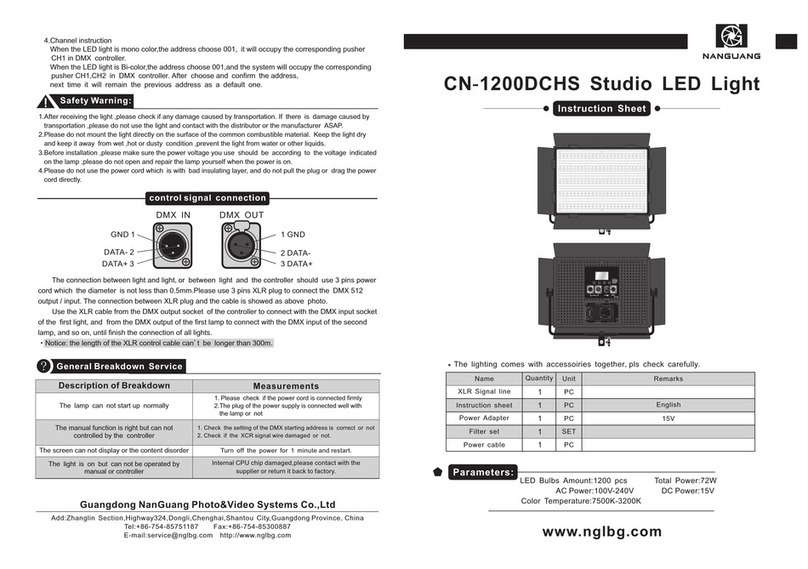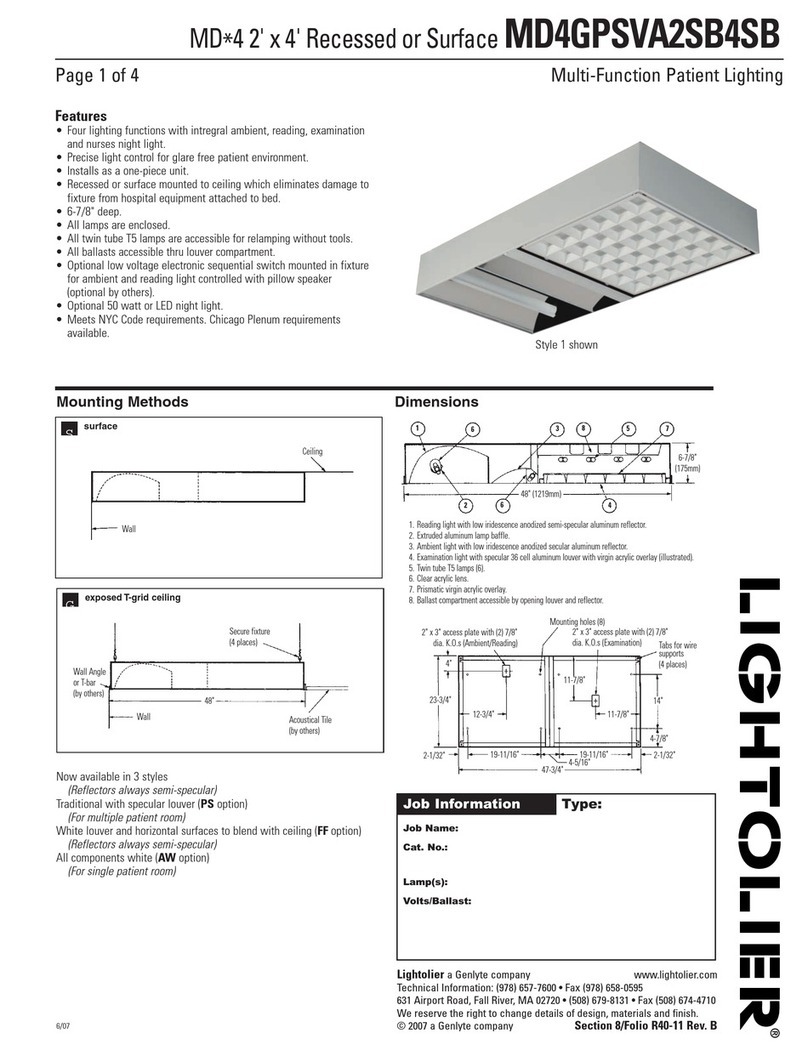Bottlelight Company BOT01-V3 User manual

Model: BOT01-V3
Bottlelight Company Dr. Kitzenmaier Gregor-Mendel-Str. 2 www.bottlelight.eu Tel.: +49 (0) 331 867 17 23
BOT01-V3_User Manual_2021 03 17_EN 14469 Potsdam/Germany info@bottlelight.eu page 1
Bottle
Light
Insert the Bottlelight insert (1)
through the bottleneck into the
bottle down to the ground.
Press the ends of the spring element
(3) together and insert and push it
into the bottle until it falls over the
insert (1).
Attention !
Pull back the insert (1) at its cable
(4) so it slips into the spring
element (3) and stops below the
bottleneck, holding the bottle.
Please make sure that the bottle
sidewall sections (BS) being in
contact with the insert (1) have an
angle αin respect to a longitudinal
axis of the bottleneck exceeding 10°.
α
Hold the spring element (3) at
the thin extending wire and
push the insert (1) into the
bottle.
Connecting a bottle on the Bottlelight insert
Deconnecting the bottle from the Bottlelight insert
1
2
3
4
5
6
7
1
4
3
1
Fig. 4‘ shows an example with the angle α
being smaller than 10°, so causing the risk,
that the bottle will crack with an increasing
temperature and mechanical expansion of
the inset (1). The bottle can fall off then and
cause a damage.
4‘
4
1
BS
Pull the spring element (3)
somewhat upwards within the
bottleneck.
Then pull the insert (1)
together with the spring
element (3) out of the bottle
by the cable (4).
5
3
1
3
4
Attention
The hanging lamp insert heats up during
operation and must only be sufficiently
ventilated or in contact with a glass bottle
as a heat sink. The insert transfers the
resulting heat to the glass bottle.
The manufacturer does not give any
guarantee nor taking any liability for
damage or personal injury if an attached
bottle that has not been approved by the
manufacturer cracks and falls off due to
heat. For safety reasons, the pendant
lamp must not be placed above a person
area! Installation may only be carried out
by persons skilled in the art for installing
pendent lamps.
1
3
1
3

Model: BOT01-V3
Bottlelight Company Dr. Kitzenmaier Gregor-Mendel-Str. 2 www.bottlelight.eu Tel.: +49 (0) 331 867 17 23
BOT01-V3_User Manual_2021 03 17_EN 14469 Potsdam/Germany info@bottlelight.eu page 2
Bottle
Light
i. Either you have in front of you a power adapter (7) without wires (left image above) or with wires (right image above).
ii. Connect the blue or transparent-black wire of the Bottlelight cable (4) with the (-) pole of the power adapter (7) or with the
black cable (-) of the power adapter (7);
iii. Connect the brown or transparent wire of the Bottlelight cable (4) with the (+) pole of the power adapter (7) or with the red
cable (+) of the power adapter (7);
iv. Then, connect the input clamps of the power adapter (7) or the brown and blue input cables of the power adapter (7) to the
mains supply cables (brown and blue).
v. Take care that the power adapter (7) has enough air cooling after the complete installation.
ATTENTION: The installation and connection to Mains Supply may only be carried out by an electrician and in accordance with
local safety regulations. Take also notice of the further information for installation at the ceiling, as mentioned below herein.
Connecting the Bottlelight mechanically and electrically to the ceiling
Pull the cable (4) through two neighboring holes of the three-hole
element (6), as shown in the drawing.
Then connect the three-hole element (6) at the hook at the ceiling.
Connect the two wires of the Bottlelight cable (4) to the output of
the power adapter (7) as shown in the drawing.
The brown or transparent wire of the cable (4) is ( +)
The blue or black wire of the cable (4) is ( -)
ATTENTION: Only safety type SELV power adapters (7) are
allowed to be connected to the Bottlelight lamp.
The power adapter must have a current regulated
output 0 –1000 mA DC (@5,5-6,5 V).
ATTENTION: Never connect any of the wires of the
Bottlelight cable (4) to mains supply!
6
4
Connecting the Power Adapter (7)
brown or trasparent
blue or black
black
red
brown
blue
brown
blue

Model: BOT01-V3
Bottlelight Company Dr. Kitzenmaier Gregor-Mendel-Str. 2 www.bottlelight.eu Tel.: +49 (0) 331 867 17 23
BOT01-V3_User Manual_2021 03 17_EN 14469 Potsdam/Germany info@bottlelight.eu page 3
Bottle
Light
(1) LED Lamp: Aluminium rod as heat dissipator with included LED, with acrylic light distributor element.
(2) Cable connector: Aluminium part with an electrical (left part) and a mechanical cable connection section (right part).
(3) Spring clamp, Aluminium part with flexible ends and sidewards extending collars (3a) and pulling cable (5).
(4) Electrical cable of Silicon or textile cable, AWG 18-24, diameter 5-7mm, approved for operating temperatures up to 90°C.
Step 1: Using an electrical cable as specified above, then Strip the cable sheath of the cable (4) by 60 mm.
Step 2: Pull the cable (4) through the hole in the cable connection section (2) until the cable (4) protrudes at the front. Make sure that
the pogo contact (2a) does not get damaged or bent during this and the following steps.
Step 3: Strip the wire ends (4a) off the cable (4) by 6 mm and twist the bare wire ends slightly.
Step 4: Insert the bare wire ends into the cable clamp (2b) while pressing the actuating lever (2c) until the respective bare wire end is
completely accommodated in the cable clamp (2b); then release the respective push button (2c). Make sure that the polarity is
correct, as indicated on the circuit board. For example, the brown wire is to be connected to the + contact and the blue or black
wire to the -contact.
Step 5: Pull back the cable (4) to a length as shown above, whereby the wires (4a) must have a clearance, as shown above.
Step 6: Fasten the cable (4) in the cable connection section (2) by slightly (!) tightening the first screw (2d) (in the picture on the back
side), then lightly tightening the screws (2e) …(2g) one after the other in each case only so far that the screws are screwed
countersunk into the respective threaded hole and the cable is not damaged by this process.
Step 7: IMPORTANT: Remove any conductive particles or bits of wire. Then screw the LED lamp (1) onto the cable connection body (2) so
far that a firm connection is established. The firm connection is important in order to allow the heat of the LED lamp (1) to
become conducted to the cable connector (2) and there additionally dissipated.
Parts of the Bottlelight Pendent Lamp Insert
3
1
2
4
3a
5
Connecting an electrical cable at the cable connector (2) of the lamp
2a
2b
2d
2g
4
2c
4a
b
2
2f
2e

Model: BOT01-V3
Bottlelight Company Dr. Kitzenmaier Gregor-Mendel-Str. 2 www.bottlelight.eu Tel.: +49 (0) 331 867 17 23
BOT01-V3_User Manual_2021 03 17_EN 14469 Potsdam/Germany info@bottlelight.eu page 4
Bottle
Light
Further information on installation at the ceiling
1. These instructions for use, enclosed by the manufacturer, are a prerequisite for proper installation and use of the luminaire. The lamp is generally
understood to mean the hanging lamp insert, with possibly a glass bottle being attached to it.
2. The lamp and the safety power adapter may only be installed and operated in dry rooms.
3. The luminaire may only be operated with a safety power adapter type SELV with a low voltage current output isolated from mains supply.
4. Under no circumstances may the luminaire be connected directly to the mains voltage! The luminaire may only be connected to the mains voltage via the
intermediate safety power adapter unit. Otherwise, there is high risk of an electrical shock if one touches the lamp.
5. Attention! Before starting to work, disconnect the power line (100-230 VAC) and switch off the fuse. Protection against electric shock must be ensured
with every installation and subsequent maintenance test.
6. Installation and maintenance work may only be carried out by a qualified electrician skilled in the art and in accordance with the local safety regulations.
7. Since the lamp heats up during operation, it must be ensured that the glass bottle that is to be attached to the lamp can withstand temperatures at the
bottleneck of at least 90 ° C - see data sheet. Since the manufacturer cannot guarantee that the glass bottle will not shatter and fall off, the lamp with the
bottle must not be placed directly above a person area under which people may be.
8. In general, as bottles only glass bottles may be used, which must not have any cracks in the glass and should be as homogeneous and stress-free as
possible in order not to break and fall off. When installing the luminaire insert in the bottle, be aware that the luminaire insert expands when it heats up
and the bottle contracts when it cools, which can lead to pressure tensions on the glass bottle. It is therefore important to ensure that the collar sleeve clip
can slide on a glass wall of the bottle when it expands without exerting too much pressure on the glass wall from the inside.
9. A falling bottle can cause damage to a person or an animal or even kill if the bottle hangs high enough, which of course must be avoided in any case.
10. Only glass bottles and not plastic bottles may be attached to the luminaire. A plastic bottle could melt and catch fire under certain circumstances.
11. A lamp with the glass bottle may only be installed directly above the person area if the glass bottle has been approved for being save by the
manufacturer. Even then because of safety reasons, the glass bottle may not hang higher than 3,5 m above ground.
12. For the installation, it must be ensured that there are no objects in the vicinity of the pendent lamp that could catch fire. The distance to the light source
and the cable connection part must be at least 30 cm, otherwise heat repercussion can take place. Sufficient ventilation of the lamp must be ensured.
13. The lamp must not be directly encased in plastic or paper/carton, as otherwise the air circulation and air cooling is not guaranteed, so that the lamp is
damaged or even the plastic or paper/carton could catch fire.
14. Ensure that there is sufficient air circulation in the lamp or glass bottle in which the lamp is located.
15. When installing the safety power adapter, a safe electrical isolation between the primary mains voltage and a secondary operating voltage for the
luminaire must be ensured. Primary and secondary lines must be laid apart from each other without crossing.
16. The safety power adapter unit must also be adequately ventilated and, for example, safely housed in the baldachin. To ensure adequate ventilation and
cooling of the safety power adapter, a small gap of 0.5-1 cm can be created between the baldachin and the ceiling, for example.
17. When installing the safety power adapter unit and the lamp, make sure that the maximum permissible ambient temperature is not exceeded - see data
sheet.
18. The maximum permissible ambient temperature for power adapter and the lamp must not be exceeded –see datasheet.
19. Before drilling possible fastening holes, pay attention to the routing of the mains cables so that they do not get damaged.
20. Cable wire ends must not be soldered, use ferrules.
21. Observe the voltage marking on the safety power adapter unit.
22. Possible carrier conductors of different lights arranged next to one another and must be mounted in such a way, that they cannot encounter one another.
23. A secondary cable length of the luminaire must not exceed 3 m.
24. Connection cable ends must not be subjected to pulling forces.
25. All electrical connections must be screwed on tightly or fully plugged in and firmly connected, since good contact is a prerequisite for a long service life
with higher currents. Retighten screw connections after 20 minutes.
26. The terminal connection must be checked regularly for secure contact (tighten the screws) and, if necessary, be cleaned of dirt.
27. If the luminaire is to be dimmed, a corresponding dimmable power adapter unit must be used.
28. Note the power range of the dimmer. Underload can lead to flickering. Conventional and electronic safety power supplies cannot be operated together
using the same dimmer.
29. Avoid short circuits and overloads.
30. Under no circumstances may the luminaire be operated with a current higher than the maximum operating current permitted in the data sheet.
31. In an event of an incorrect polar connection between the lamp and the power adapter, i.e. if plus and minus have been interchanged, a safety diode
integrated in the cable connection part of the luminaire generates a short circuit, which prevents the LED lamp part from being destroyed. If there is a
short circuit after connecting and switching on the lamp the lamp does not light up, then please check the connection for correct polarity.
32. The safety power supplies from the manufacturer of the luminaire have integrated short-circuit protection and overtemperature protection. If a light should
go out and then come back again automatically, this may be a sign that the safety power adapter is overheated. Then the safety power adapter would
need a better ventilation.
33. Troubleshooting, maintenance and servicing work may only be carried out by an electrician. If the temperature switch built into the control gear or the
thermal control is triggered, for example due to incorrect installation, overload or short circuit in the lighting system, the following points must be
observed:
a) Disconnect the operating device from the mains voltage (pull out the plug, remove or disconnect the fuse)
b) Eliminate source of error.
c) The power adapter unit is ready for operation again after approx. 30 minutes.
34. Do not operate the safety power adapter units together with inductive loads (fluorescent lamps, discharge lamps, fans, etc.) connected to a same power
line, but always install separate switches (separate load circuits), since switching inductive loads produces voltage peaks of several thousand volts and
can causes defects in the safety power adapter unit.
35. Keep these operating and installation instructions!
36. Always observe the technical data in the data sheet and on the product. Technical changes reserved.
Popular Lighting Equipment manuals by other brands
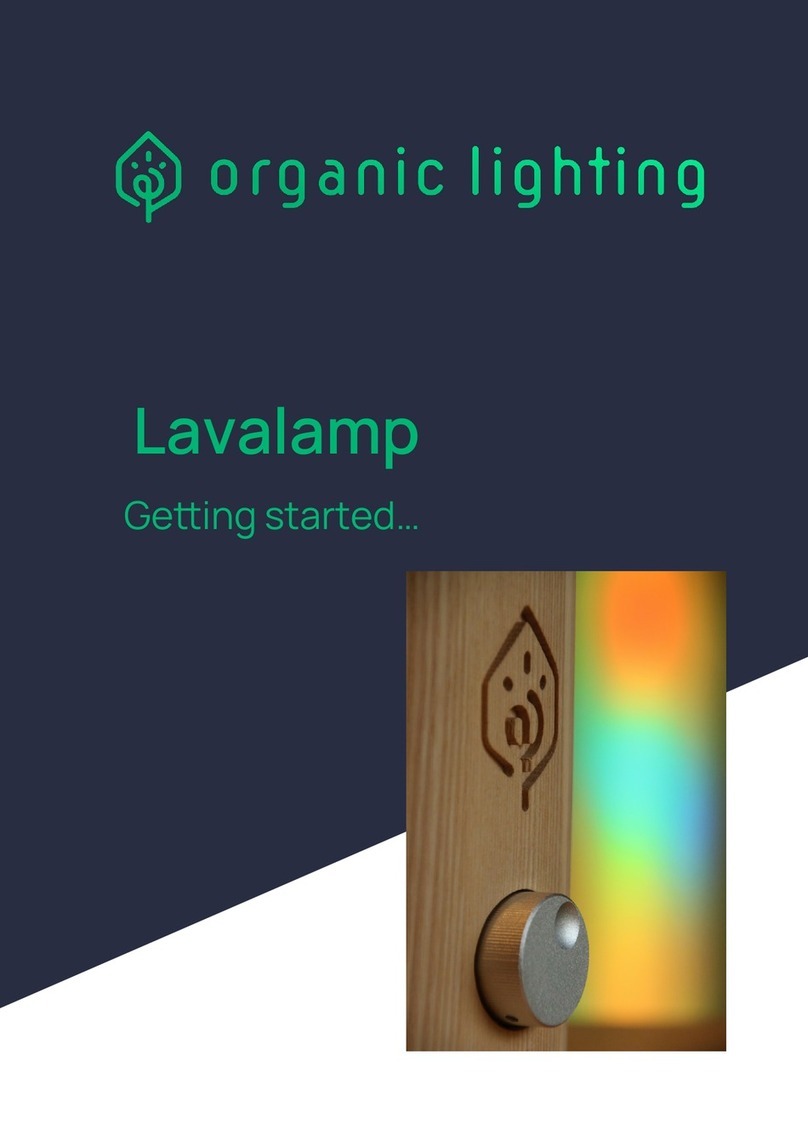
Organic Lighting
Organic Lighting Lavalamp Getting started
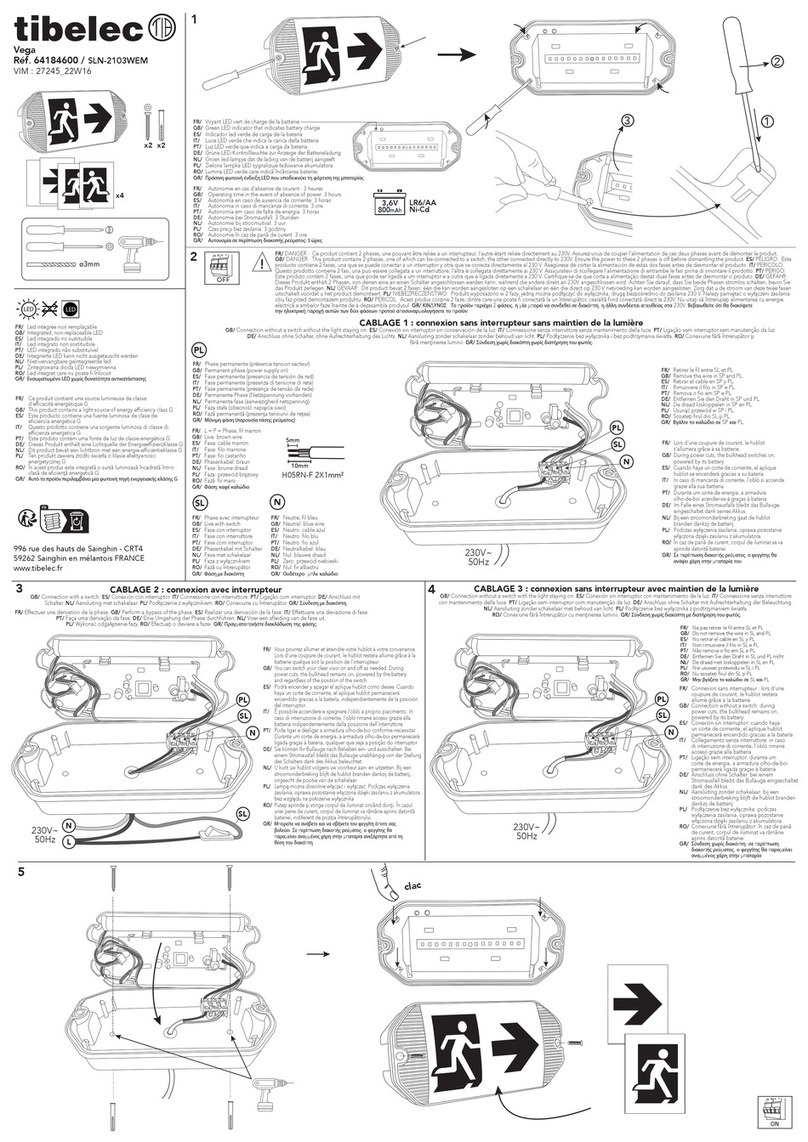
tibelec
tibelec Vega quick start guide
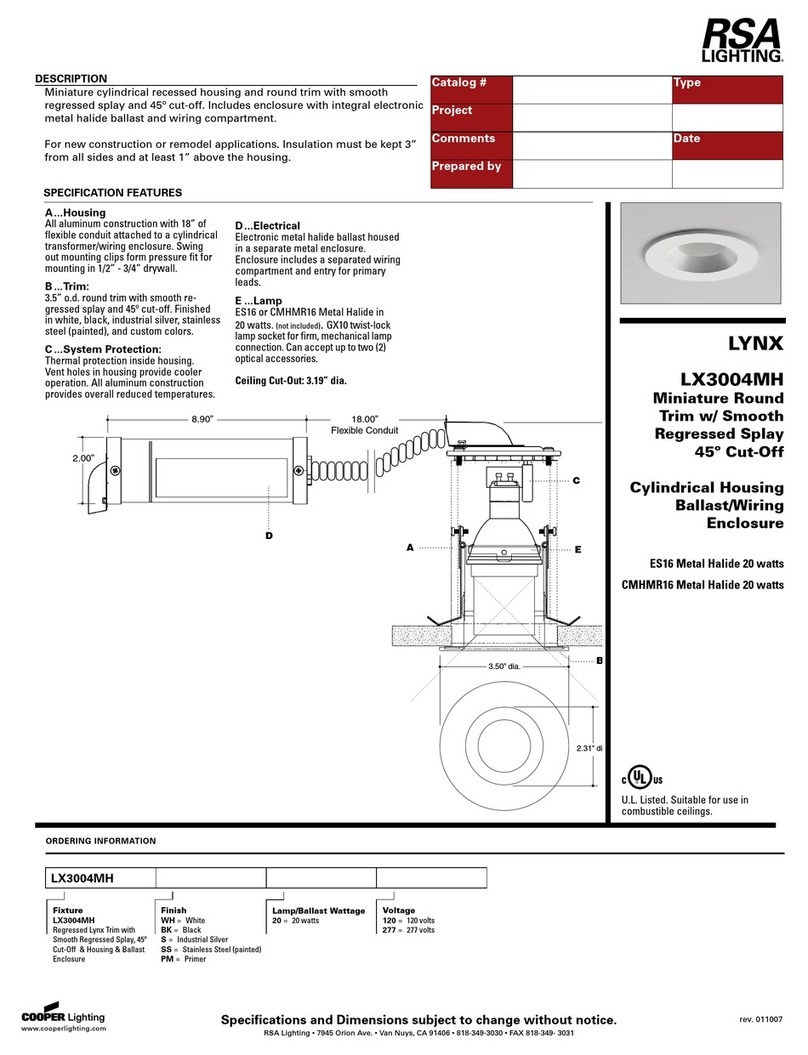
RSA Lighting
RSA Lighting LYNX LX3004MH Specification sheet
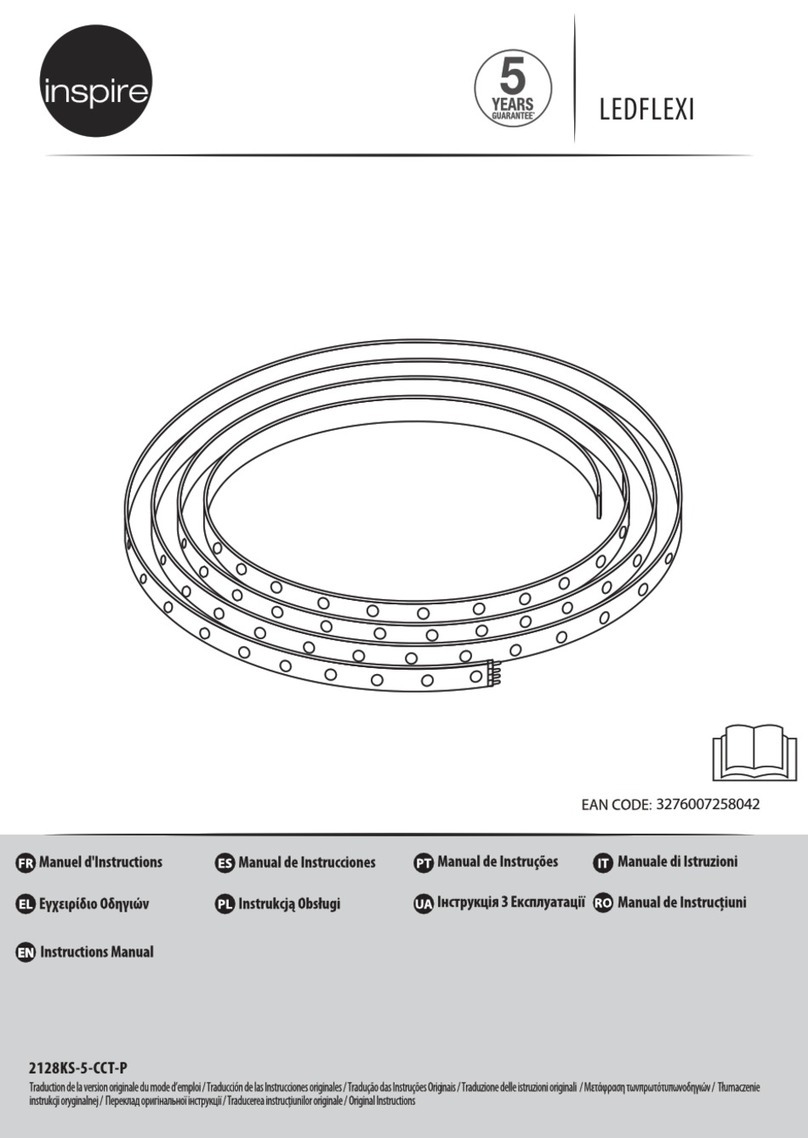
Inspire
Inspire LEDFLEXI 2128KS-5-CCT-P instruction manual

Robus
Robus HARBOUR RHA10402FTV2-24 instructions

ALDI
ALDI ADVENTURIDGE WS-9917-BS user manual
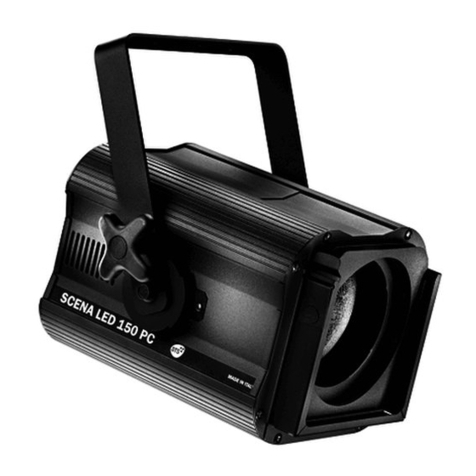
DTS
DTS Scena LED 150 user manual
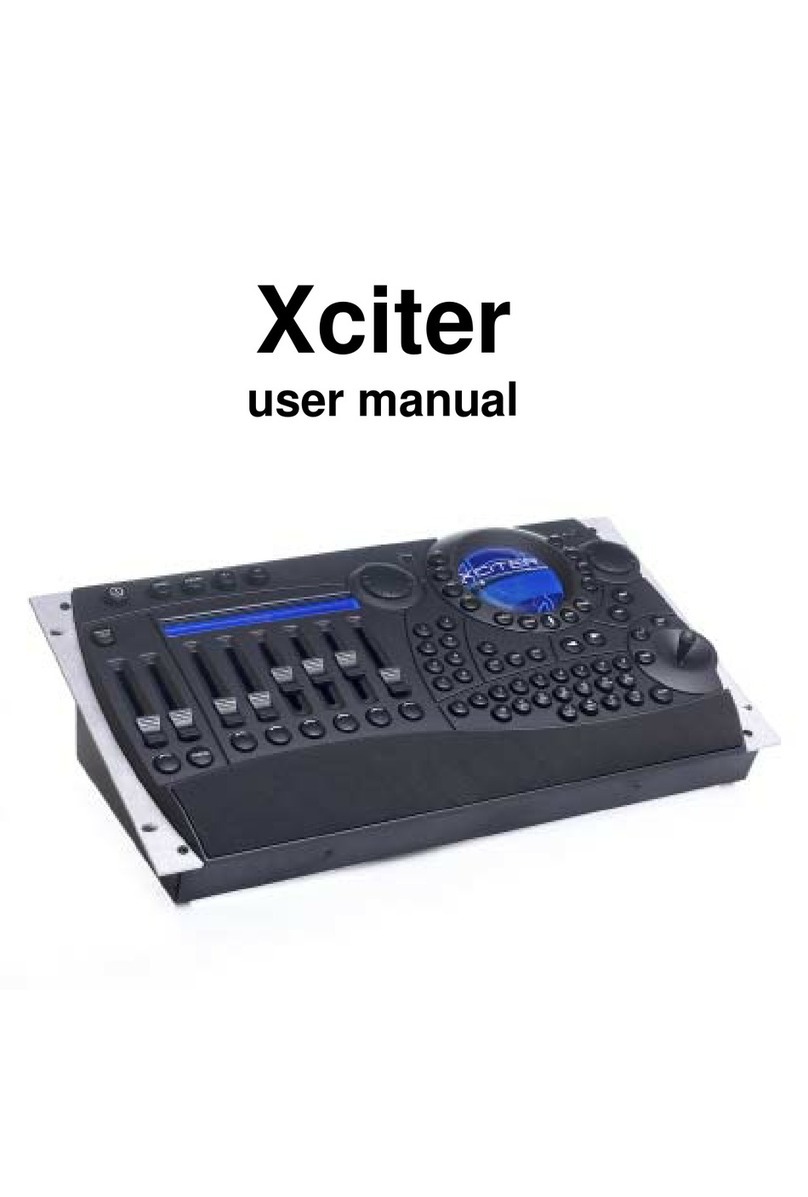
Martin Professional
Martin Professional Xciter user manual
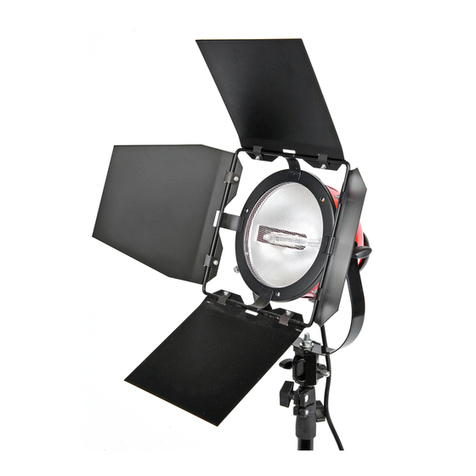
Bresser
Bresser SG Series instruction manual
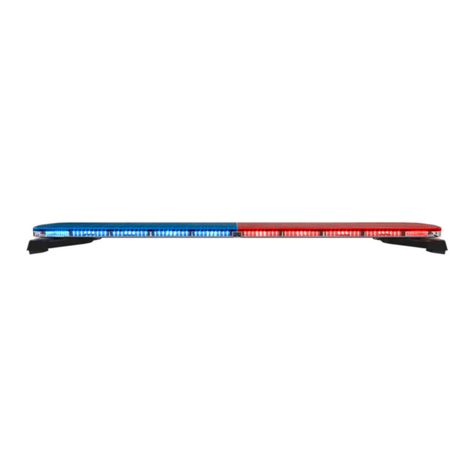
Federal Signal Corporation
Federal Signal Corporation Reliant Installation maintenance and service manual

thomann
thomann STAIRVILLE DJ Lase Polar 200 user manual
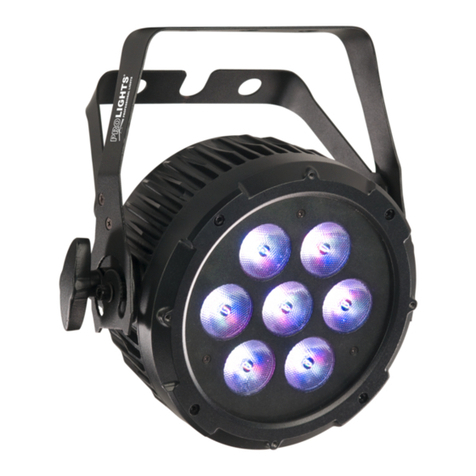
ProLights
ProLights LUMIPAR7QPRO user manual


